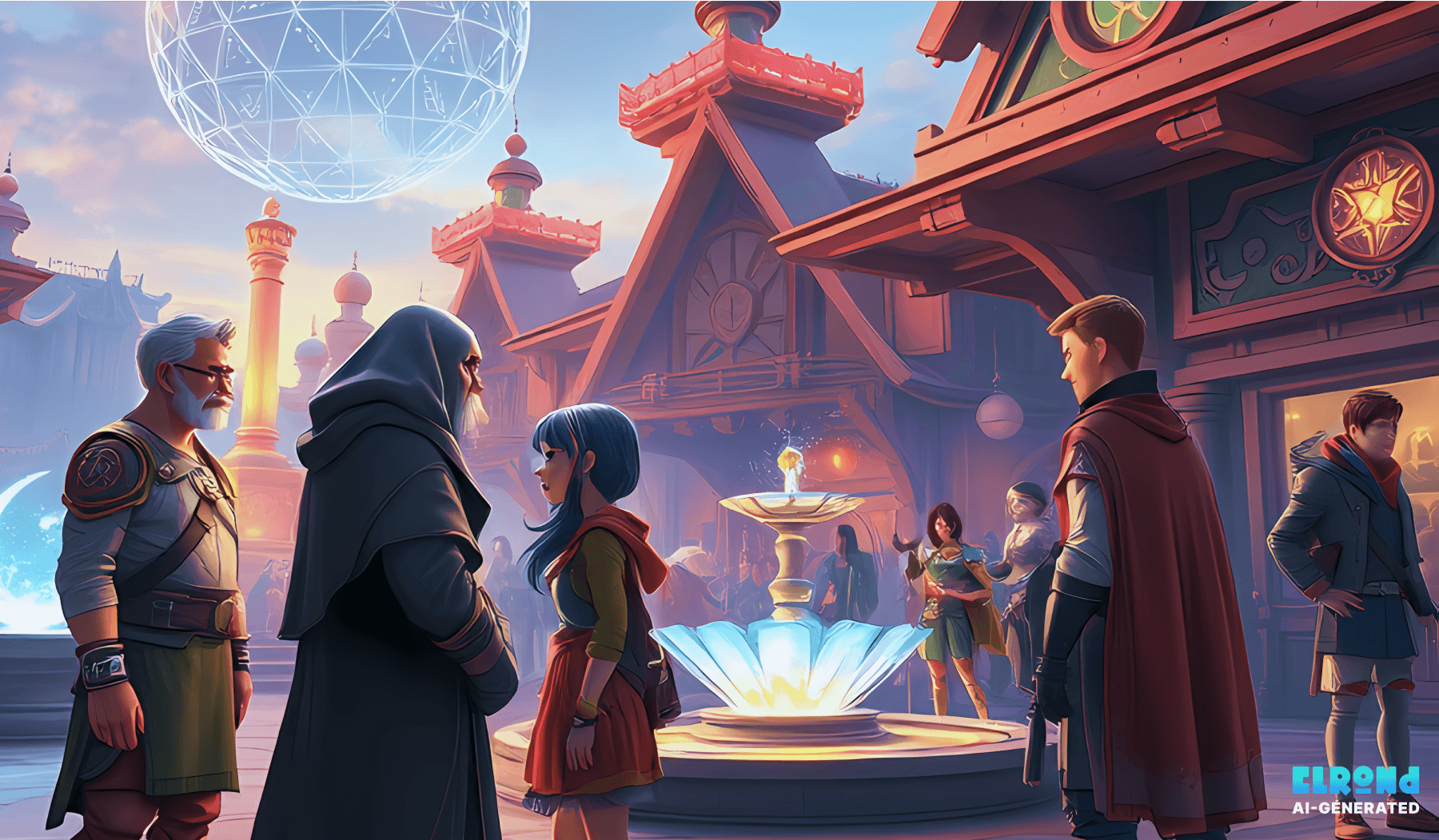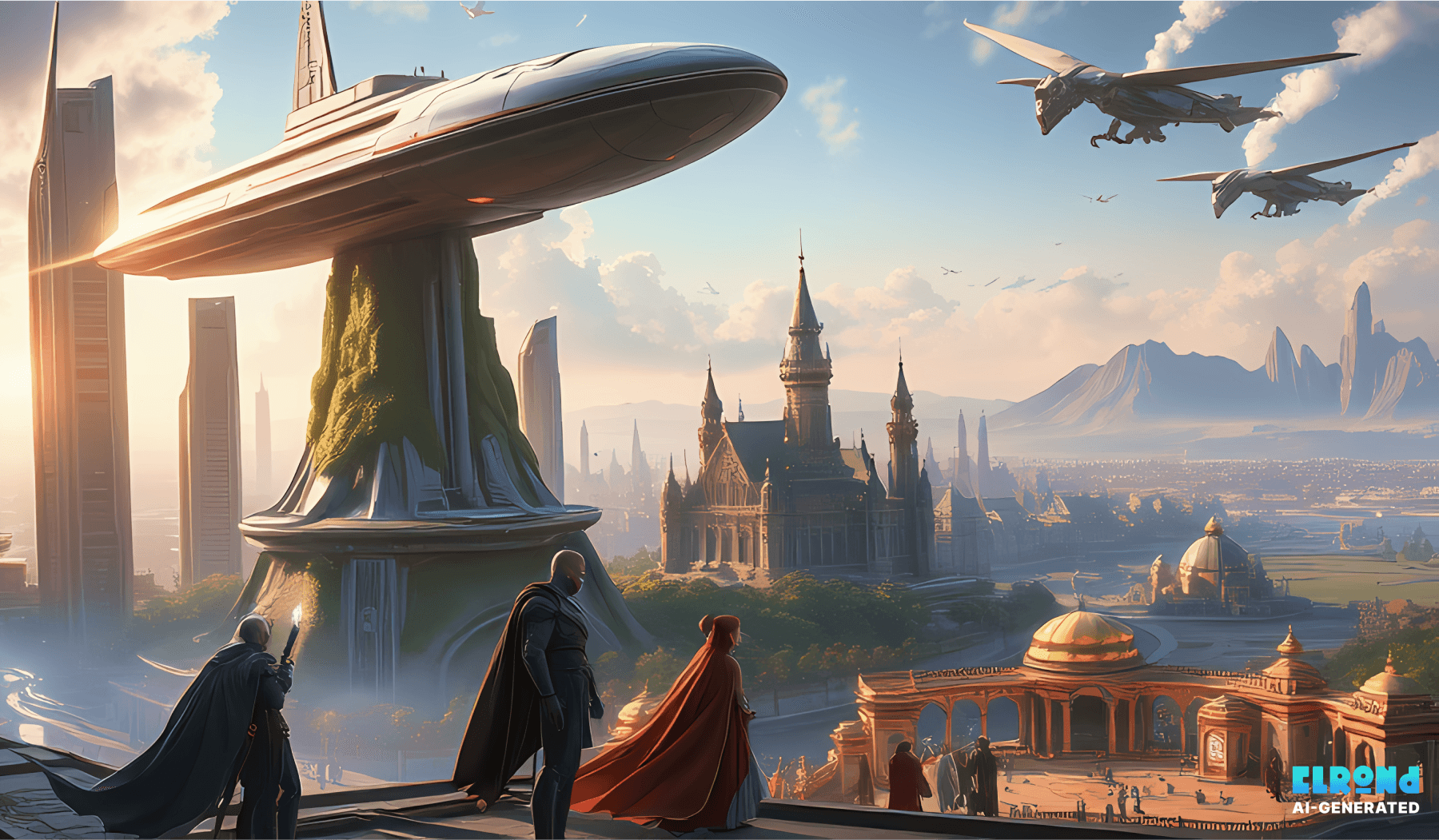Dive into the world of NPCs in LitRPGs, exploring their purpose and how they contribute to the player's journey.
Non-playable characters (NPCs) are an essential part of the LitRPG genre, acting as the interactive elements within the game-like environments. These characters aren't controlled by players but play crucial roles in advancing the story, offering quests, providing lore, and even serving as allies or obstacles.
“NPCs are not just bystanders in the world—they are the world in which players exist.”
While traditional fantasy stories may feature background characters who exist to fill the world, LitRPG NPCs are often more dynamic, with their own arcs, personalities, and motivations that can influence the game's outcome.
The Role of NPCs in World-Building
In LitRPGs, NPCs contribute significantly to world-building by adding depth and realism to the virtual world. They can represent factions, guilds, or towns that offer context to the larger narrative.
Quest Givers: NPCs are often the ones who drive the plot forward by assigning quests or challenges to the player. These quests can range from simple tasks to intricate, multi-layered storylines that guide the protagonist’s development.
Lore Keepers: NPCs may also serve as repositories of lore, helping players understand the world’s history, rules, and dynamics.
Example: In Sword Art Online, NPCs provide critical information about the game's mechanics and the world, allowing players to navigate challenges more effectively.
NPCs as Social Catalysts
In many LitRPGs, NPCs are not just static figures; they can be complex characters that interact with players in meaningful ways. Some NPCs may form friendships or rivalries with players, while others act as romantic interests, creating emotional stakes within the game.
Examples of NPC Interactions:
Allies and Mentors: NPCs often provide guidance or companionship, helping players grow stronger or giving advice on complex game mechanics.
Example: In The Land series by Aleron Kong, the protagonist develops deep relationships with NPCs who become central to his journey.
Antagonistic Forces: Some NPCs act as adversaries, presenting challenges or even forming opposing factions that directly impact the player’s goals.
Example: In Play to Live by D. Rus, antagonistic NPCs are often tied to game mechanics that create conflict within the virtual world.
The Evolving Nature of NPCs
As the LitRPG genre continues to evolve, the nature of NPCs is becoming more sophisticated. In some newer works, NPCs are depicted as sentient beings with emotional depth, free will, and personal desires. This challenges the traditional notion of NPCs merely as tools for the player.
Future Trends to Watch:
AI-driven NPCs: The line between NPCs and actual characters is blurring as AI-driven NPCs become more advanced, with personalities that can evolve over time.
Moral Dilemmas: As NPCs become more complex, they may introduce moral questions, forcing players to choose between loyalty, compassion, and self-interest.
Example: In The Divine Dungeon series, players must interact with NPCs that question the ethics of their actions.
Conclusion
NPCs in LitRPGs serve as more than just background characters; they are integral to the story's progression, emotional depth, and world-building. As the genre continues to evolve, the role of NPCs will only grow more important, transforming them from mere game elements into complex, dynamic figures with their own narrative impact.


